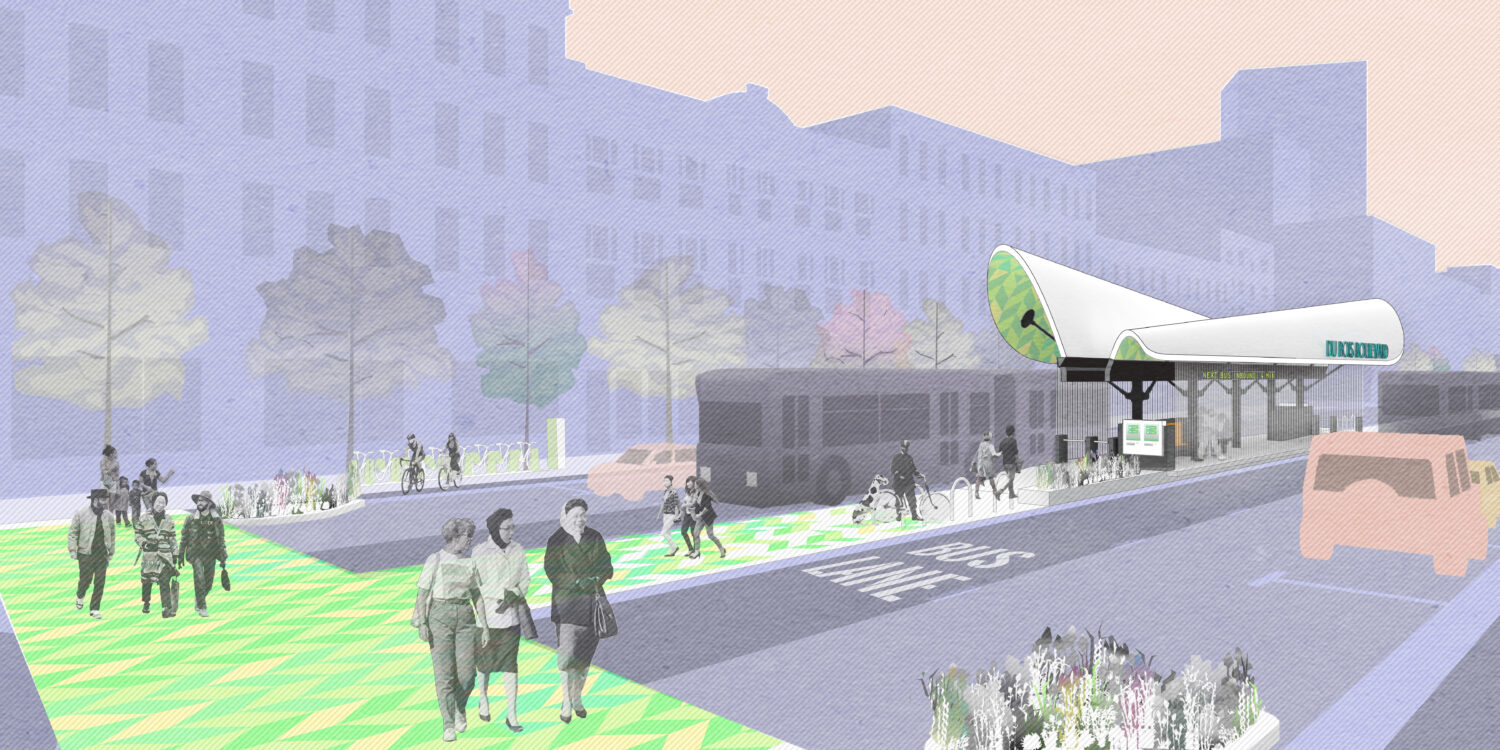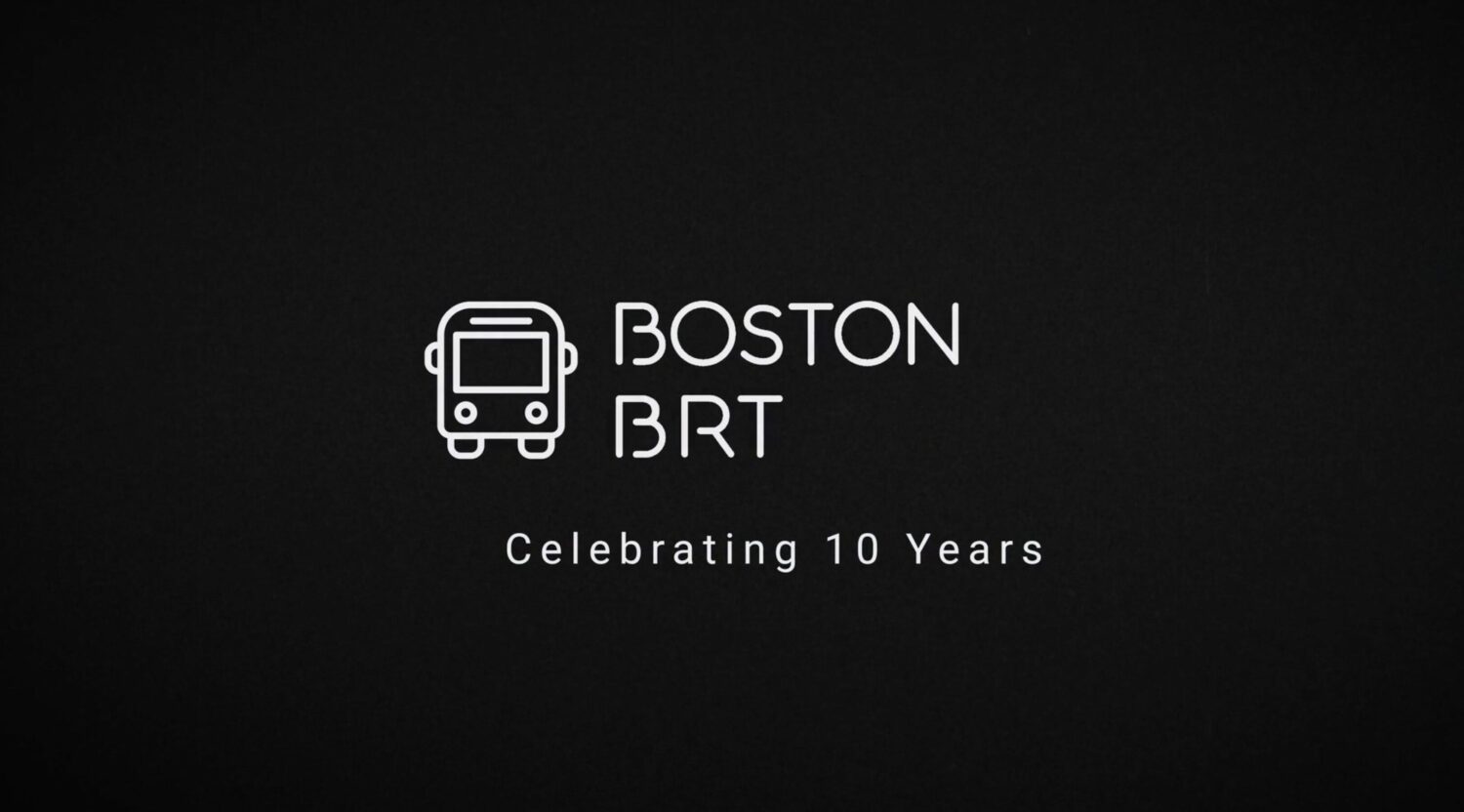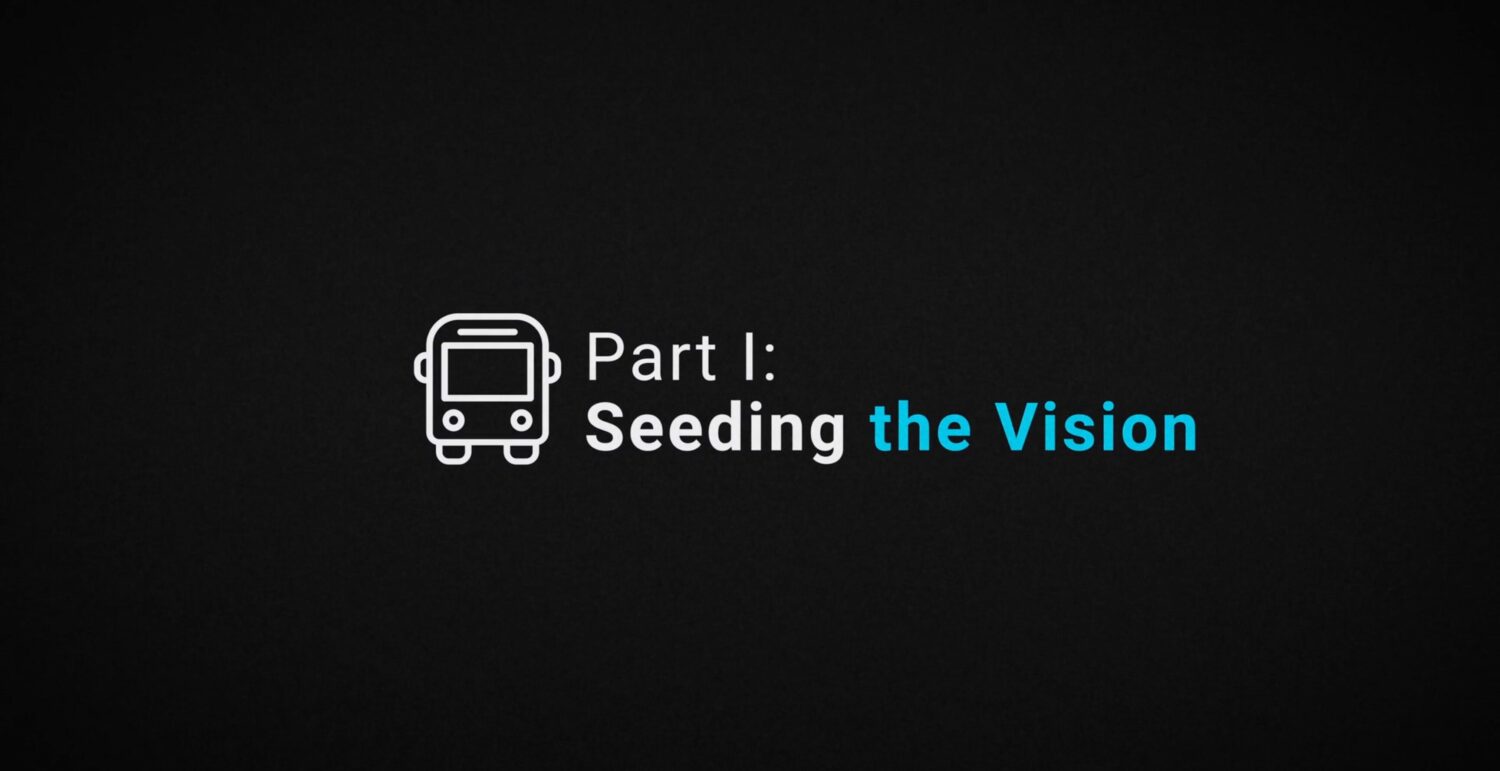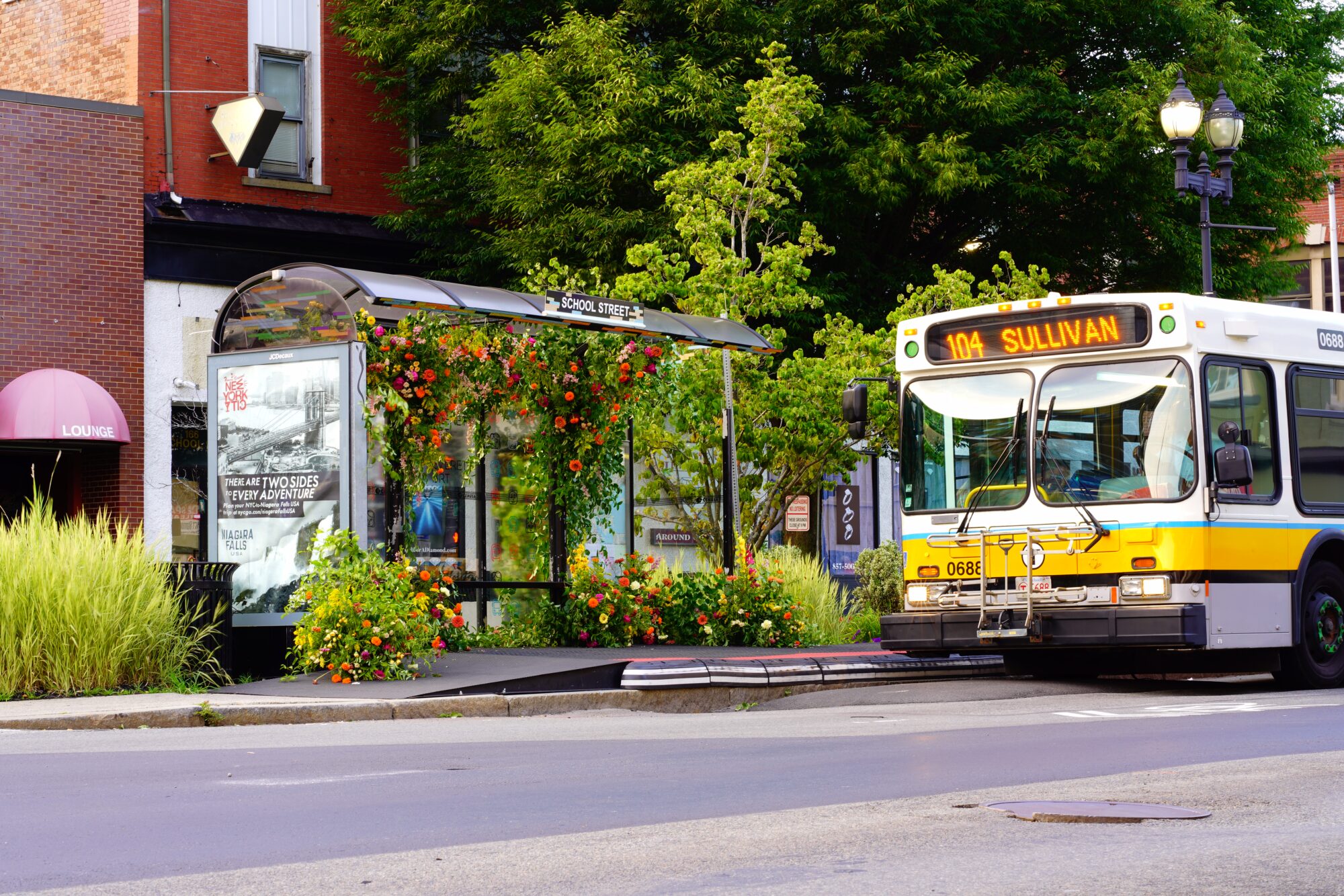
The Boston BRT Initiative
Celebrating impact and reflecting on lessons from a ten-year initiative to improve the bus experience.About the Initiative
The Barr Foundation led BostonBRT, a 10 year, $11 million initiative to accelerate progress in creating a fast and reliable bus system for Greater Boston – drawing inspiration from the best bus rapid transit systems in the world.
BostonBRT began by exploring the potential of Gold Standard Bus Rapid Transit (BRT) to provide bus riders the experience they deserve.
In Boston, as in most other US cities, bus riders lack access to best-in-class bus features that are standard in many other countries – such as dedicated lanes to take buses out of traffic, covered stations to keep waiting riders comfortable in all types of weather, and pre-pay technology that makes boarding fast and easy.
Riding the bus in Greater Boston has typically been slow and unreliable – with communities of color experiencing the worst service. Research has shown that over the course of one year, Black bus riders spent, on average, 64 more hours traveling than white bus riders.
Over 10 years, the Barr Foundation convened government and community leaders, technical experts, artists and designers, and advocates to collaborate in new ways in support of bus riders, pointing to Gold Standard BRT as an example of what exceptional bus service could be.
These efforts spanned the technical to the creative – from envisioning a region-wide BRT network to piloting improvements at individual bus stops, from launching new bus lanes to inviting riders to demonstrate “beauty and the bus” through photos and art.
BostonBRT was equal parts storytelling, engineering, and urban planning. Every aspect was centered on improving bus riders’ experience and infused with joy.
Three Phases of Work

Phase 1: Seeding the Vision

Phase 2: Piloting Progress
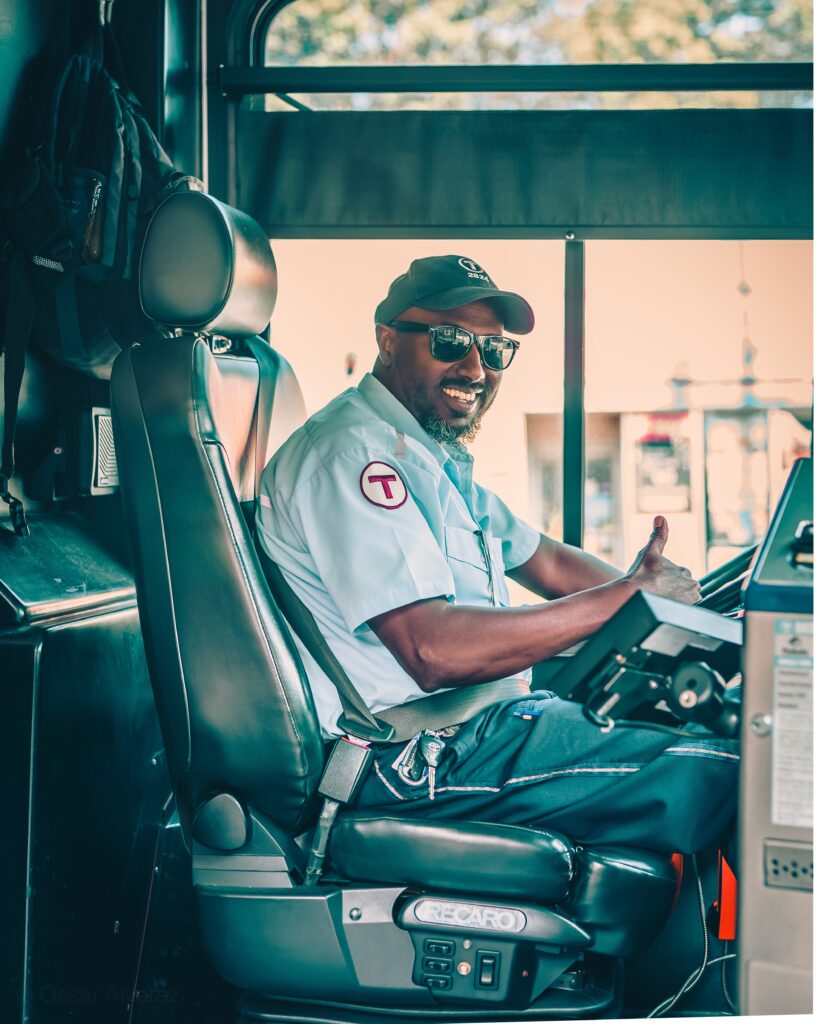
Phase 3: Changing Lanes
We’ve seen a groundswell of change over 10 years:
-
42.8
Miles of Bus Lanes
In 2015, there were less than 3 miles of bus lanes in the T service area. By 2023, there were 42.8 miles of dedicated bus lanes in the T service area.
-
13
Staff at the MBTA
A new "Bus Modernization Team" formed at the MBTA, dedicated to making the bus faster and more efficient. The team grew from three people to 13 staff members in 5 years.
-
950
Stories about BRT
There were over 950 media mentions of “bus rapid transit” in Massachusetts from 2017-2023, compared to 12 mentions from 2013-2016.
-
600
Photos Shared by Riders
There were 600 photos submitted to BostonBRT’s "Beauty and the Bus" campaign, capturing beauty in the rider experience.
-
7
Communities Implemented Bus Improvements
At the onset of the initiative, one community in the region had dedicated bus lanes. Ten years later, seven communities in the region piloted or implemented dedicated lanes, level-platform boarding, signal priority, and other bus improvements.
Tools for Change
Strengths of the BostonBRT initiative included collaboration, creativity, and engaging people in new ways. Over the decade, the BostonBRT team shifted its approaches to move towards its goals, and sometimes, did so unexpectedly. We learned as we went, and continued to adapt to what our partners needed. It was a humbling process. There are five omnipresent approaches in our work:
Leading with Joy
A rider’s experience of the bus system is about much more than the time it takes to get from point A to B. BostonBRT didn’t just focus on the technical elements to make trips faster, it provided elements to support people feeling comfortable and happy. We encouraged riders to find beauty in their daily commute through a digital photo and video contest; we partnered with local artists to transform bus shelters into “a beautiful place to wait” by covering them in flowers and murals; and we ensured all of our own materials – from the reports to the pro-bus “swag” we created along the way – were compelling and inspiring.
Providing an Experience
It is one thing to read a report or see a visual of what the future could look like, but it is another thing to actually experience the change. BostonBRT took more than 60 people on study tours to ride BRT, and hear from the leaders who implemented it, as well as supported more than a half-dozen pilot projects for local bus riders to feel what a speedier bus trip is like. These strategies complemented technical reports and briefing documents, but stood out as elements that changed hearts and minds about what the bus could be.
Amplifying Growing Support for Buses Through Media
Over the course of 10 years, BostonBRT fostered relationships with reporters interested in transportation and other related topics to ensure buses remained central to the public conversation. With each new project step — whether piloting bus improvements, partnering with creatives, or collecting data – BostonBRT thought carefully about how we could include media to generate attention and healthy public pressure for better transit.
Sharing Data to Tell A Story
We looked for opportunities along the way to determine success using data. The MBTA shared quantitative data to understand the real time savings, we led rider surveys to hear directly from people, and we worked together to share data in ways that told a story and got people interested in learning more about the bus.
Educating Elected Officials
Most U.S. bus systems provide such poor service that many elected officials don’t have a sense of what specific changes they should demand. Via local bus tours, ribbon cuttings to highlight great projects, and trips to experience world-class bus systems, we supported leaders to be well-informed to advocate for better buses.
Exploring and building awareness
of Bus Rapid Transit (BRT)
The MBTA is committing a racial injustice by providing inequitable bus service, with research showing that in one year, Black bus riders spent, on average, 64 more hours traveling than white bus riders.
In many other cities around the world, particularly in the Global South, buses are among the fastest ways to get around. Bus rapid transit systems from Mexico City, Mexico to Guangzhou, China carry millions of people each day and are an integral part of the mass rapid transit system that includes subway.
With this global inspiration, the Barr Foundation Mobility team made improving the bus rider experience a primary funding strategy, including by spearheading a new effort to explore the potential for BRT in the Boston region.
BRT Study Group
The effort began with the 2013 formation of the Greater Boston Bus Rapid Transit Study Group, made up of local leaders representing community groups, area universities, think tanks, design and engineering institutions, and economic development agencies.
In partnership with the Institute for Transportation & Development Policy, an international nonprofit and BRT expert, the group studied BRT in other places, discussed opportunities and challenges of adopting BRT in Boston, and ultimately came together around five potential BRT corridors to recommend the MBTA explore further.
In 2015, the Study Group released their findings in Boston’s first-ever report on BRT: Better Rapid Transit for Greater Boston.
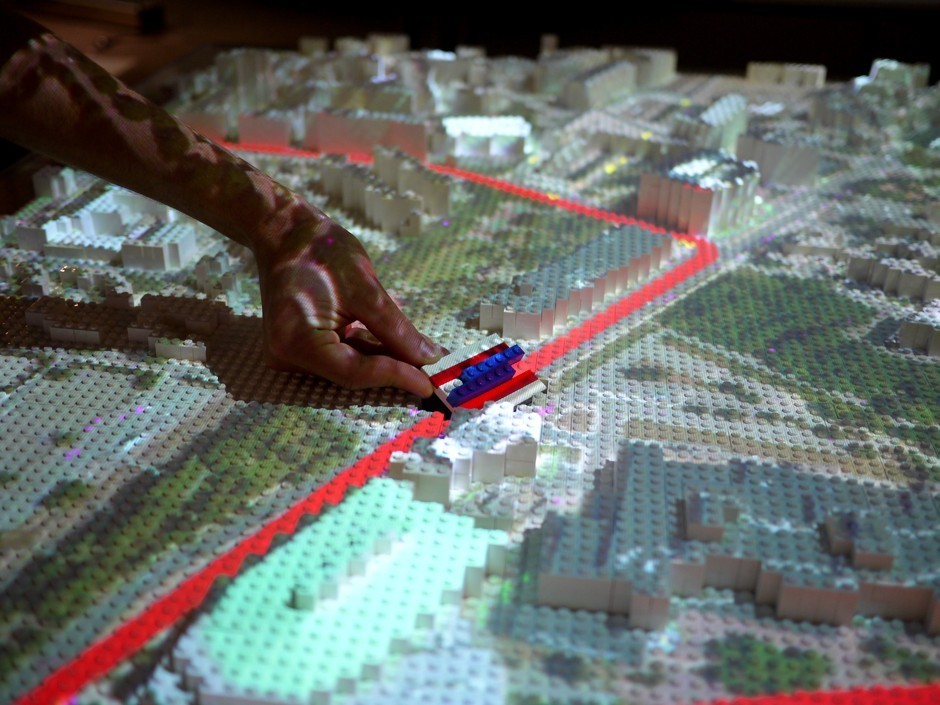
BRT Brand Development
In developing the report, project consultants faced two early challenges that influenced the direction of the project moving forward: BRT was so underutilized in the United States, the team lacked any pictures or renderings that could feel relatable to people in the region; and transportation reports were generally so technical as to be impenetrable to everyday people.
Barr and the group deemed that the BRT report and any subsequent BRT advocacy should be different. We paired a creative director and a communications firm to ensure that throughout the initiative, the conversation around BRT would be engaging and inspiring, focused on people (not infrastructure), and inclusive to a wider community of people, beyond experts.
The BRT report visually connected the dots between BRT possibility and Boston’s current infrastructure via graphic overlays like this example of a BRT bus in the Nubian Square station in Roxbury – with a person in the forefront.
As a subset of the Study Group moved from research to education and advocacy, the effort got its name, BostonBRT, accompanied by a colorful, eye-catching brand.

Learning from the best
With the lessons of the report in hand, the nascent BostonBRT initiative began a campaign of education and listening with local elected officials as well as civic, business, and community leaders to determine which of the five corridors in the report might appeal to them for further exploration.
To help paint a picture of the interventions that would improve the bus rider experience, Barr sponsored multiple study tours to Mexico City, where local leaders rode the city’s gold standard BRT system themselves.
Through these trips, along with briefings and community events, local leaders over time became more familiar with the consistent challenges (such as traffic congestion and long boarding times) that create a poor bus experience as well as the specific, practical changes that can speed up the system and make it more reliable for riders (such as dedicated bus lanes or all-door boarding).
A movement in support of better buses for all was growing.
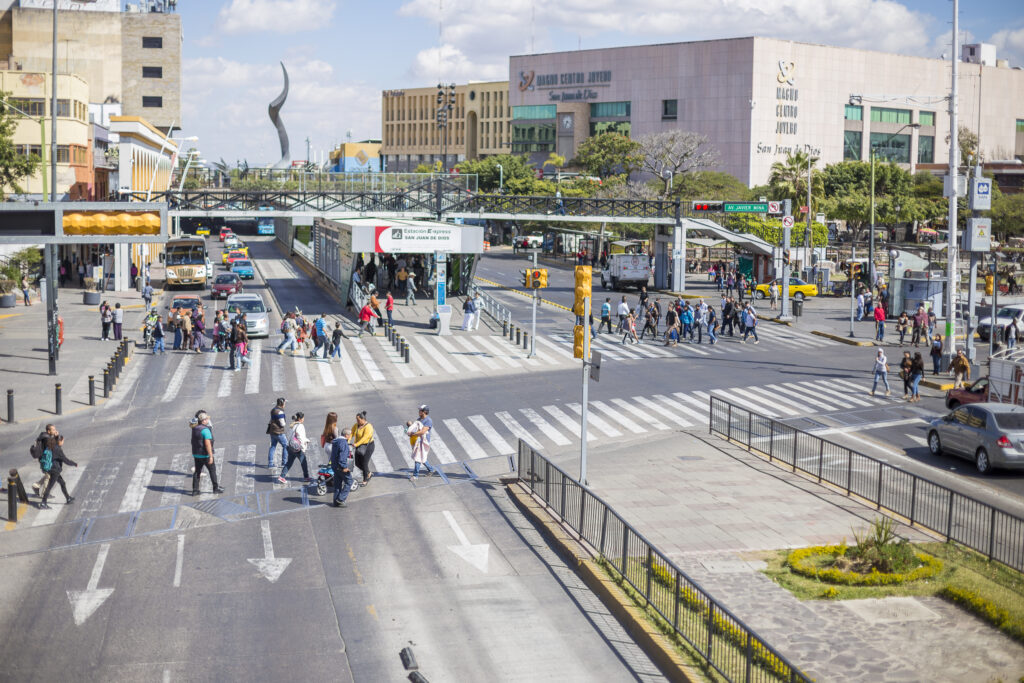
Transit infrastructure in Mexico City, Mexico.
Phase 2: Piloting Progress
BostonBRT's First Test Project: Silver Line All-Door Boarding
BostonBRT first sought to tackle the slowdowns riders face in getting on the bus. In typical American bus systems, riders must line up at the front of the bus and pay one at a time as they enter. This is an inefficient process, and the wait to get on the bus can often feel longer than it actually is.
In BRT systems, bus riders get on and off the bus quickly and through all doors. This is because – like a subway system – riders pay their fare in advance at the station.
In 2017, BostonBRT partnered with the MBTA to test whether allowing riders to enter and exit through all doors of the bus would make their trips faster and more reliable. For two weeks on two branches of the Silver Line (among the MBTA’s heaviest traveled bus routes), the Barr Foundation covered the cost of fares as a proxy for off-board fare collection.
Rider surveys and on-board sensors provided information which was then crunched and interpreted by MBTA data scientists. The results showed that all-door boarding improved the rider experience and even encouraged future bus use.

Soliciting Pilot Projects
The all-door boarding pilot was a success, and we wanted more bus riders across the region to experience what improvements felt like on their trips. In 2018, BostonBRT partnered with four communities and the MBTA to test more elements of BRT to provide a better experience on the bus.
BostonBRT solicited pilot project ideas through a Request for Proposals issued to Massachusetts cities and towns. A selection committee determined final projects, each of which was awarded a $100,000 grant as well as technical and communications support.
The pilots were structured through non-legally-binding memoranda of agreement signed by the local communities and the MBTA, ensuring all partners agreed on the scope, timeframe, and various responsibilities associated with each project. This was critical, as bus improvements involve changes to service and stations (governed by the state agency) and streets (maintained by the municipality).
Over the course of a year, BostonBRT worked with planners in Everett, Arlington, Cambridge, and Watertown to test improvements, including: dedicated bus lanes to keep buses out of traffic; platforms to make buses level with bus stops (not a step up) and more accessible to people; and traffic signal changes to give buses more green lights.
Data collected during the pilots showed that riders:
- saved time on their trips
- gained more certainty about the length of their daily trip and bus arrival time
- supported the changes, with many wanting to see the pilots made permanent or expanded
Just as important, the pilots strengthened the muscles of agencies working together on complex bus projects for the future. They also illuminated municipal and transit agencies’ limited capacity.
Many talented public agency staff worked on these pilot projects, but often the work was outside of their roles and responsibilities. For example, there was no staff person at the MBTA dedicated to interfacing with municipalities on bus improvements. This noticeable gap led to Barr to supporting a small start-up team at the MBTA, the Transit Priority Group, whose sole charge was to speed up the bus. This team did incredible work – so much that it was fully funded by MassDOT via operational and capital dollars to continue operating after the Barr grant period.
Showing the beauty of the bus
Each pilot project paired the technical bus improvements with creativity and joy, such as making bus stops beautiful, dignified places to wait.
BostonBRT also launched a social media campaign: Beauty and the Bus, inviting bus riders to share everyday moments of beauty on their bus trips in Greater Boston. To enter, participants were asked to have fun and be creative by submitting photos or short videos of something beautiful along their bus route – at the bus stop, inside a bus looking out, or of buses or other riders.
Participants shared more than 600 beautiful bus photos on Twitter, Instagram and Facebook using the hashtag #BosBRT.
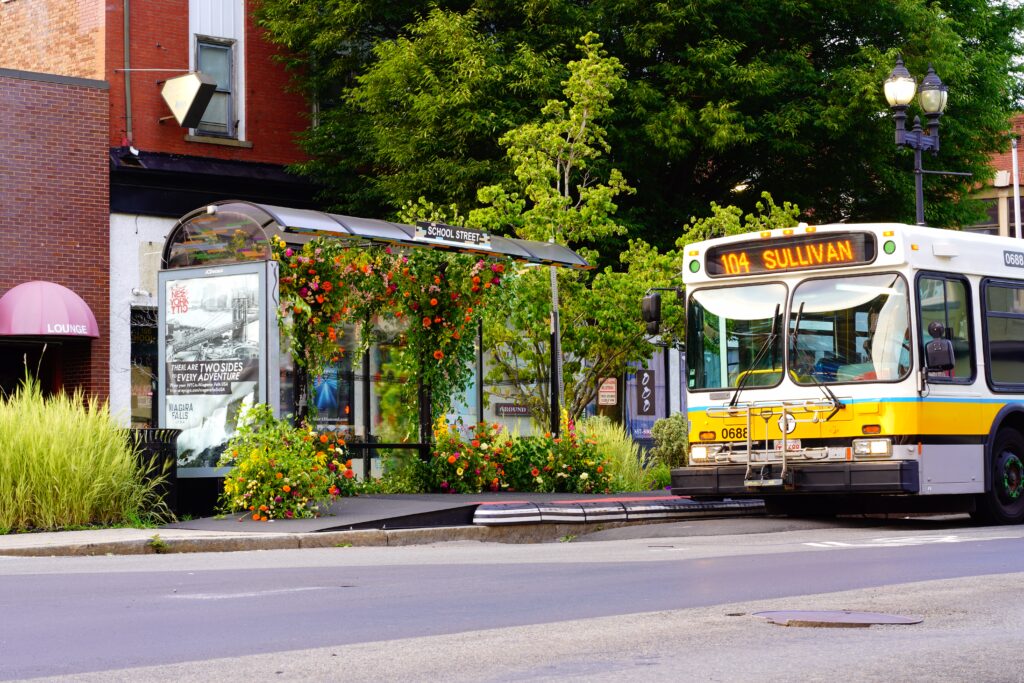
Phase 3: Changing Lanes
Educating and engaging around bus network redesign
As the MBTA was planning its new bus network, we knew that its limited staff capacity could use some additional support to plan for bus and street changes.
The BostonBRT team used its networks to supplement the MBTA’s engagement by meeting with municipal leaders and elected officials, producing and disseminating graphics and other creative visuals to show the impacts of possible changes, and more deeply collaborating with partners in environmental justice communities.
BostonBRT used its expertise and creativity to illustrate how bus priority infrastructure improvements (bus lanes, transit/station improvements, and boarding platforms) are tools to effectively deliver on the promises of a redesign and ensure high frequency, reliable bus service, which helped people to visualize how future changes would look and feel.

Promoting safety and care during COVID-19
During the 2020 COVID pandemic, we supported Everett city officials and local community organizations in promoting not just faster bus trips, but also public health and local businesses.
We designed new signage in multiple languages to delineate six feet of space to keep people safe. We supported pop-up farm stands to provide residents with fresh produce and distributed care packages for bus riders. We covered local bus stops with fresh flowers – twice – to bring beauty and joy to people waiting for the bus, and we led a social media campaign thanking bus drivers and other essential workers who kept our communities running while others sheltered in place.
This shift demonstrated our orientation to think about the bus as a holistic part of a community, beyond a commute.
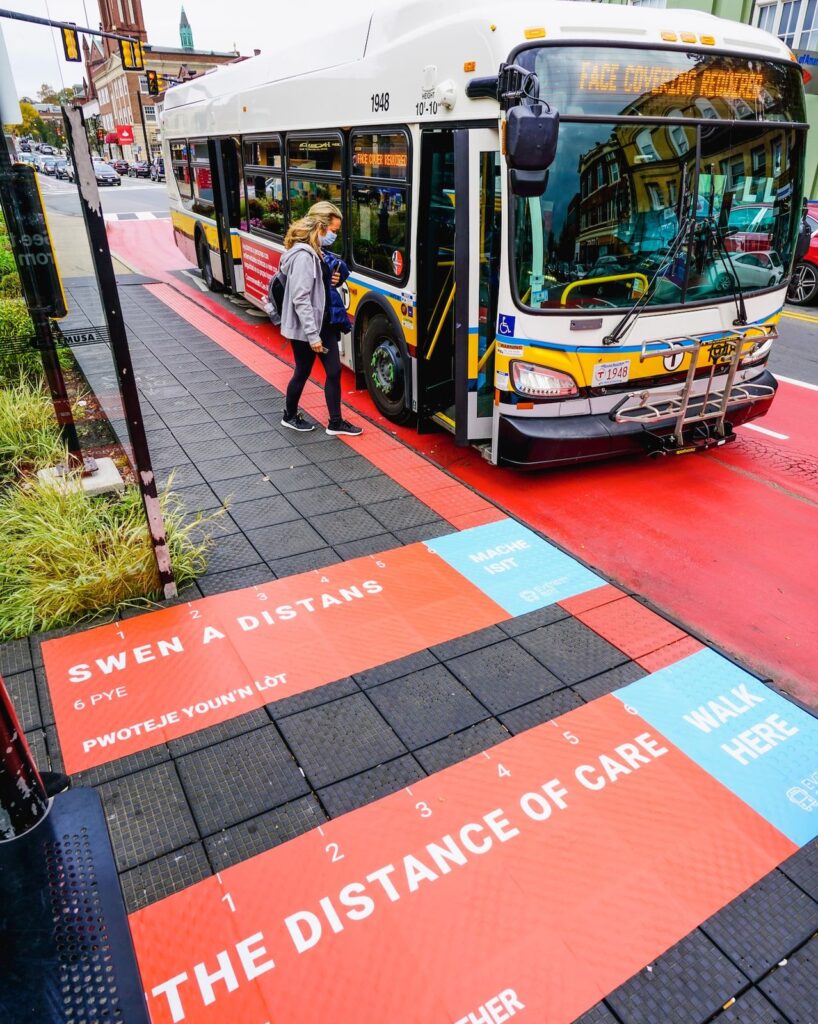
Bus stops as a canvas for local artists
In Lynn, we worked with the City, the Lynn Public Art Commission, and TransitMatters for “Art on the Move,” a project that transformed seven bus shelters with art, bike racks, wayfinding signage, and local maps.
By incorporating the visions of local artists into bus riders’ and other residents’ daily lives, the project aimed to inspire, create a sense of place, and foster a strong community spirit among Lynn’s residents and visitors.
This work was one of the many steps to engage residents in the potential for bus improvements, as the City anticipates major roadway changes and bus service improvements in the coming years.
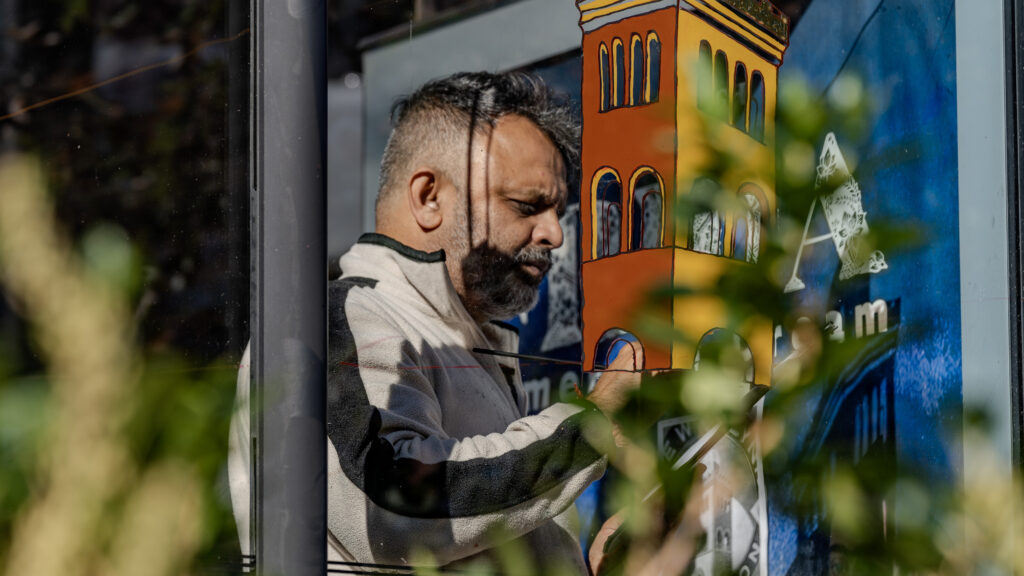
Bringing youth into bus projects
Young people rely on the bus – to go to school, meet friends, or work. But young people are rarely engaged in projects to improve transit. In Chelsea, community group La Colaborativa brought young people into a partnership with Chelsea’s Department of Public Works, the Human Architecture and Planning Institute, several local artists, Studioful Design, and BostonBRT.
A group of youth were hands-on in transforming a bus stop into a beautiful place to wait by creating a “Flower Walk” of eight native trees, 175 plantings, hand-stenciled flowers along the street and sidewalk, and a locally fabricated bench. The partners also installed an 80-foot platform at the bus stop for easier bus boarding for people in wheelchairs or with strollers, walkers, or carts.
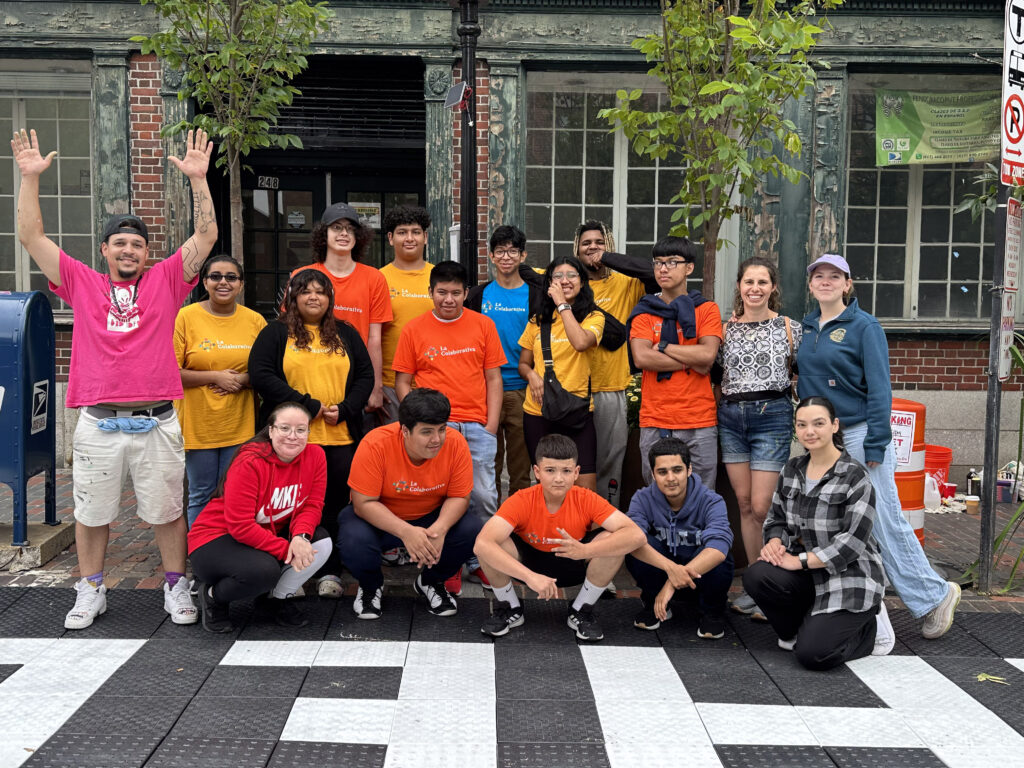
Looking Back and Looking Ahead
In the original planning documents for BostonBRT, our goal was to have BRT funded and under construction within a handful of years. Realizing that change takes time, we extended the initiative to ten years, and although we do not have true BRT, we are proud of how far our region has come.
We have seeded ideas for better buses in communities around the region, and we see this work now embedded within local and state agency planning.
We have offered an alternative model for engagement on transportation, embedding art, creativity, and inspiration alongside technical analysis.
And most of all, we have been honored to work side by side with communities who are doing all that they can to make bus service better for people who rely on it. Barr will continue to be a part of bus improvement efforts through our larger mobility strategy, acting as stewards and catalysts for new and ongoing projects led by community organizations in support of their needs and priorities.
Insights from BostonBRT
View all View all blog posts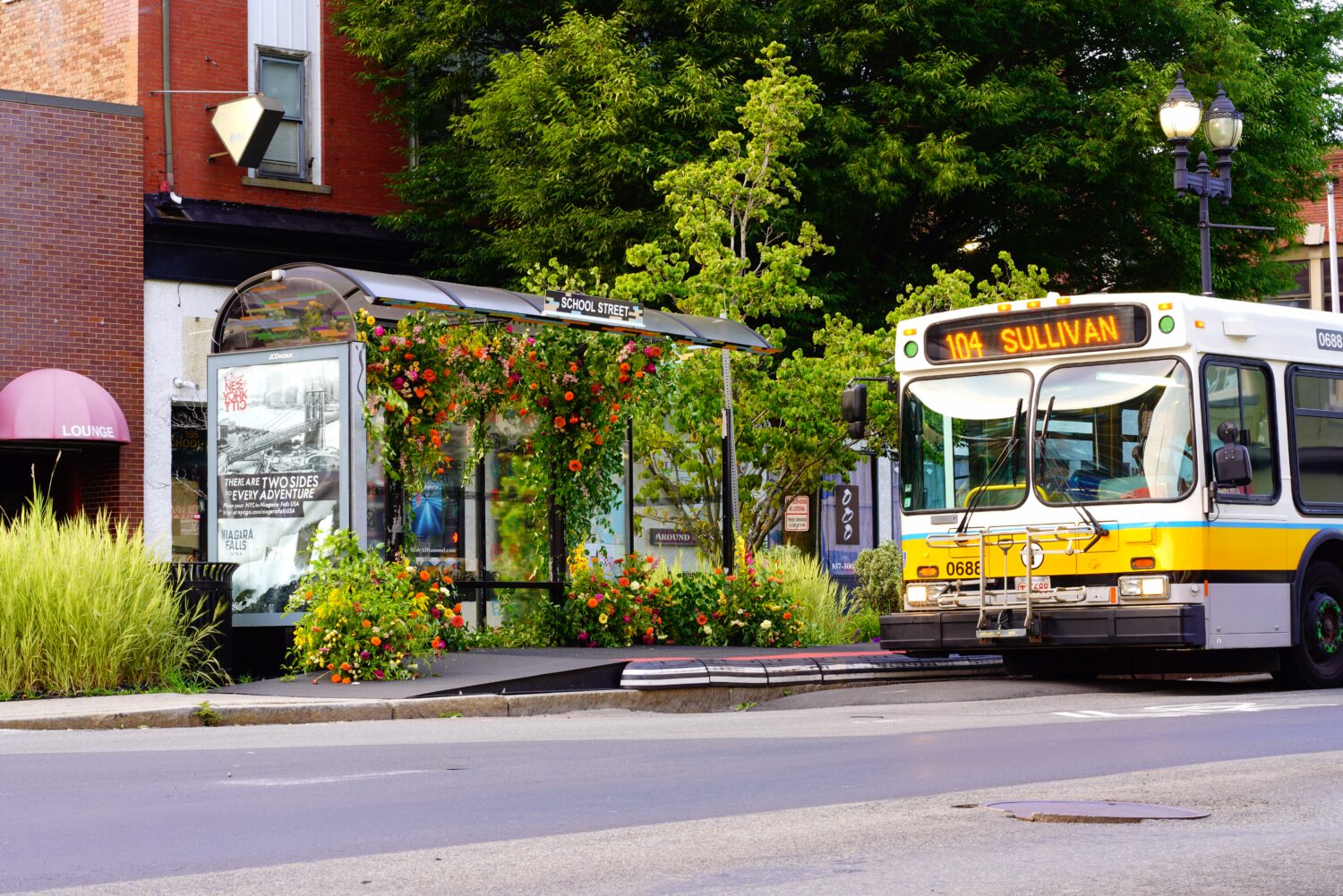
Our Last Stop on the Boston BRT: The Right Time to Step Away
Read More Click to Read More about Our Last Stop on the Boston BRT: The Right Time to Step Away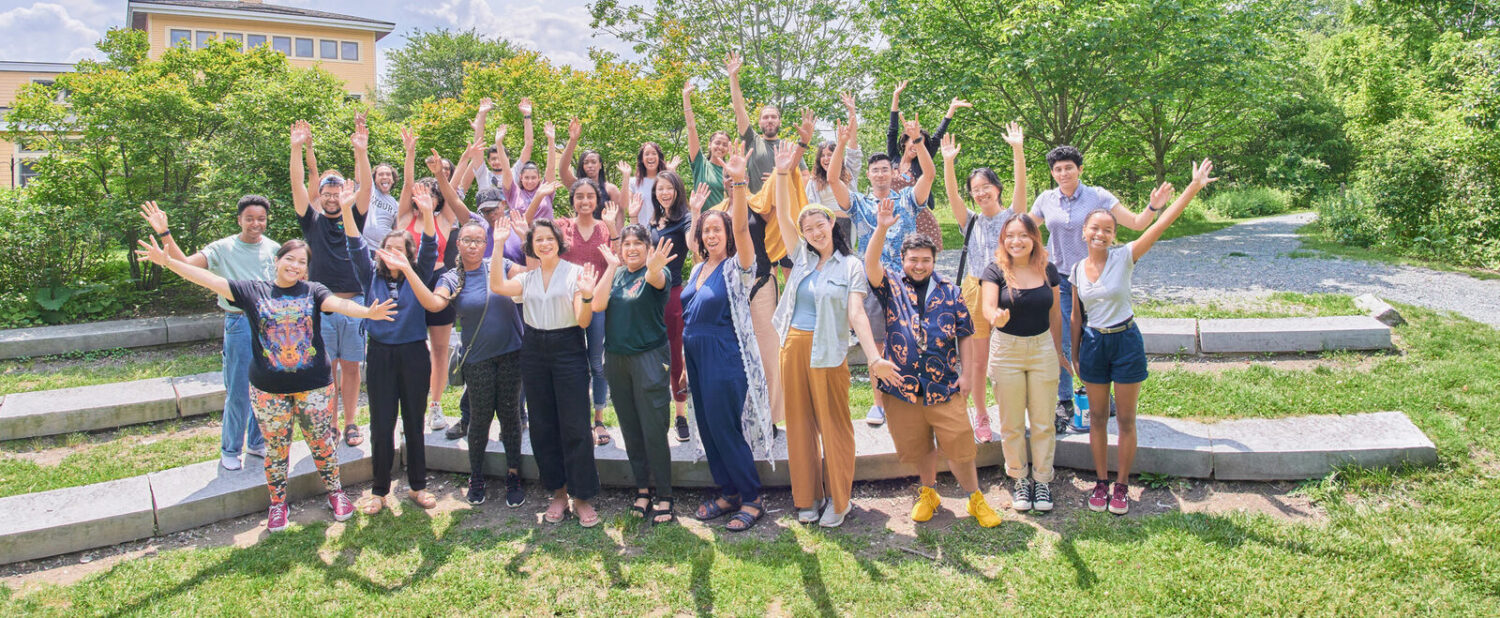
Rewriting the Playbook on How we Get Around
Read More Click to Read More about Rewriting the Playbook on How we Get Around